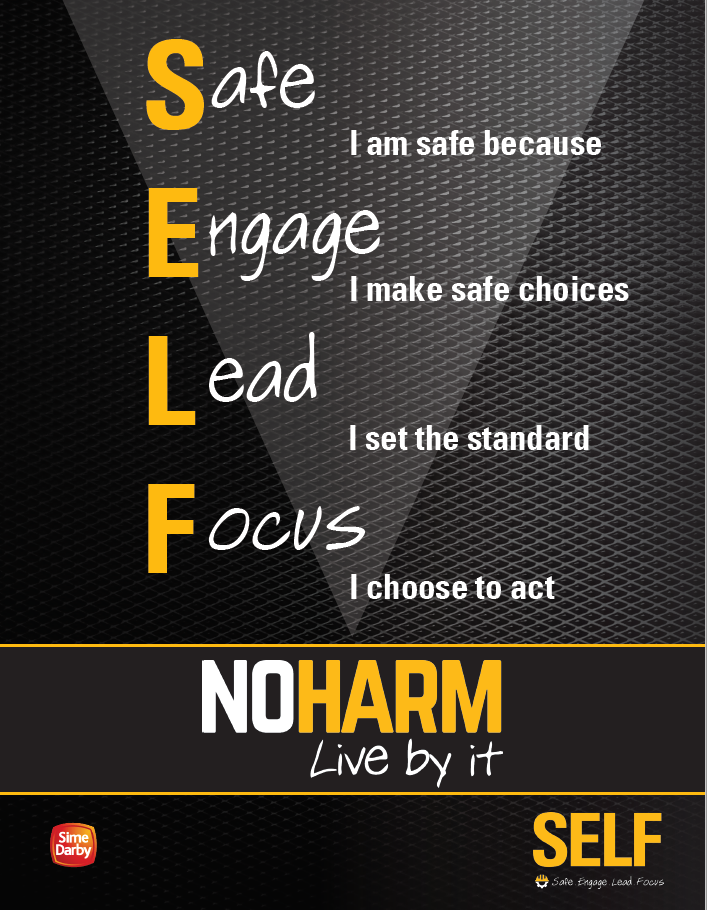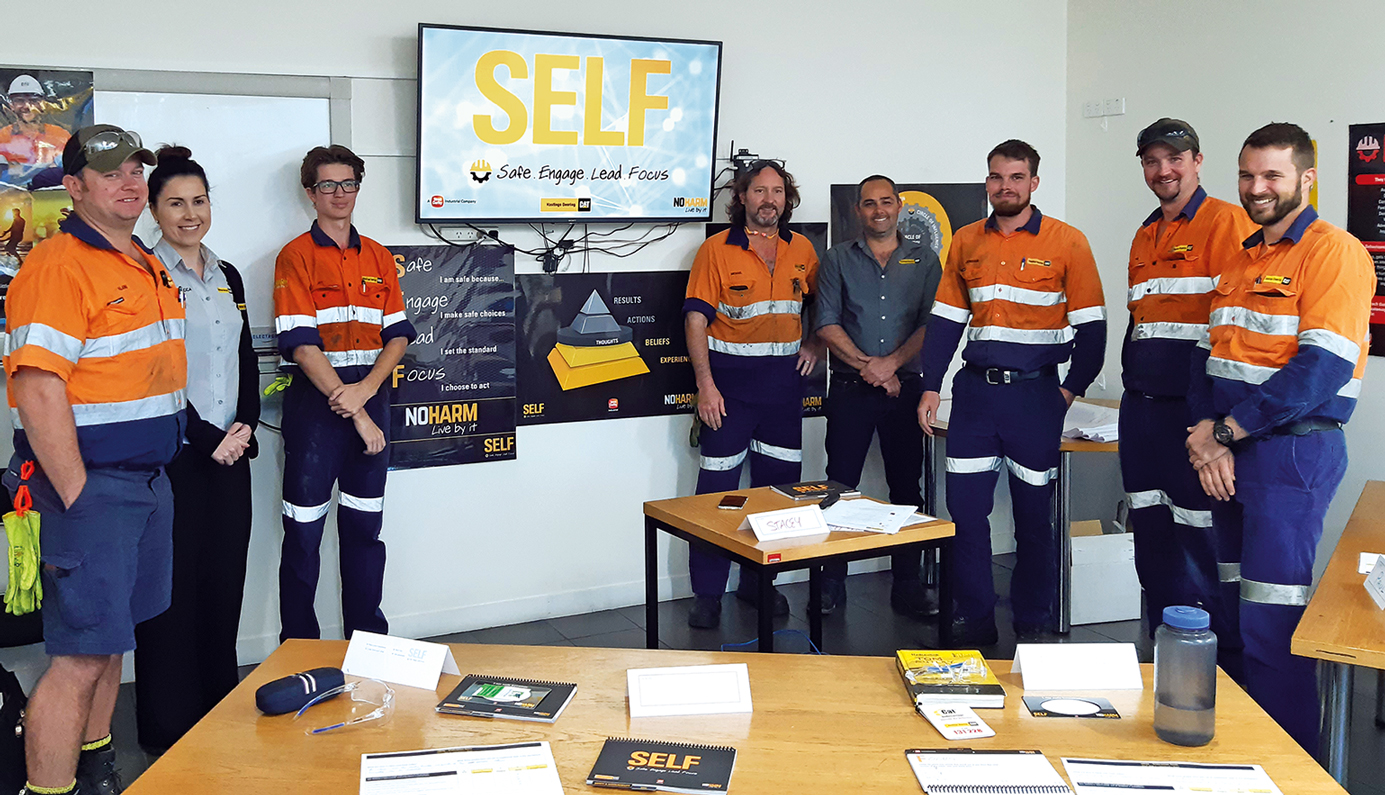Sustainability
Social
Health & Safety
The wellbeing and safety of our workforce always takes precedence. We have developed a strong safety culture by setting and enforcing rigorous standards and practices.
Our commitment to health and safety extends beyond our operations.
By ensuring health and safety is a top priority, we are able to positively influence livelihoods without having a negative economic or social burden on our communities.
Learn more about our initiatives in our FY2023 Annual Report
Our Approach

Our commitment to safety is encapsulated in our guiding principle of ‘No Harm.’ It is more than just a safety goal, it is a mindset that shapes our performance at our facilities and in our offices.
‘No Harm’ extends beyond our employees to include contractors, supply chain partners, and the communities where we operate. It also goes beyond taking care of our workers’ physical health, but also includes mental health and personal wellbeing.
Creating Value

To reinforce our ‘No Harm’ principle, we have established a safety culture programme, SELF, which is an acronym for Safe, Engage, Lead, Focus. The programme encourages everyone to reflect on safety at work and in their personal lives by observing safety practices and making safer decisions.
We also have various initiatives to promote health, safety and wellbeing:
-
Happy Workplace Programme
-
Employee Assistance Programme
-
A group wide Health, safety, environment and quality reporting system – Noggin.
-
Significant Incident Report & Initial Incident Notifications
